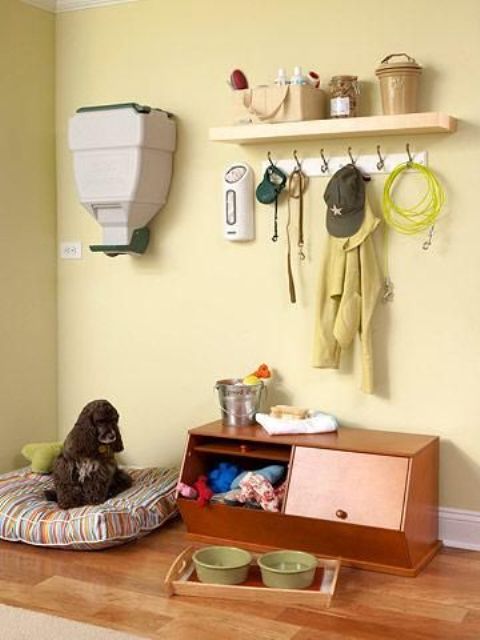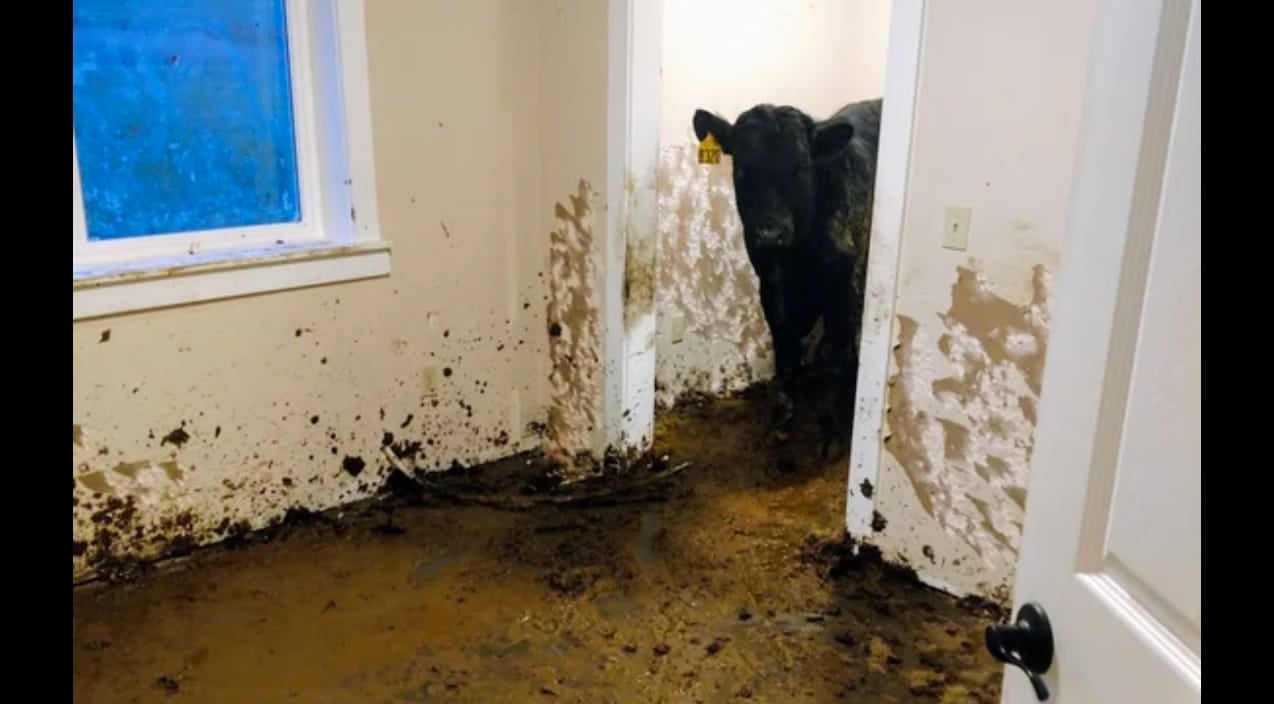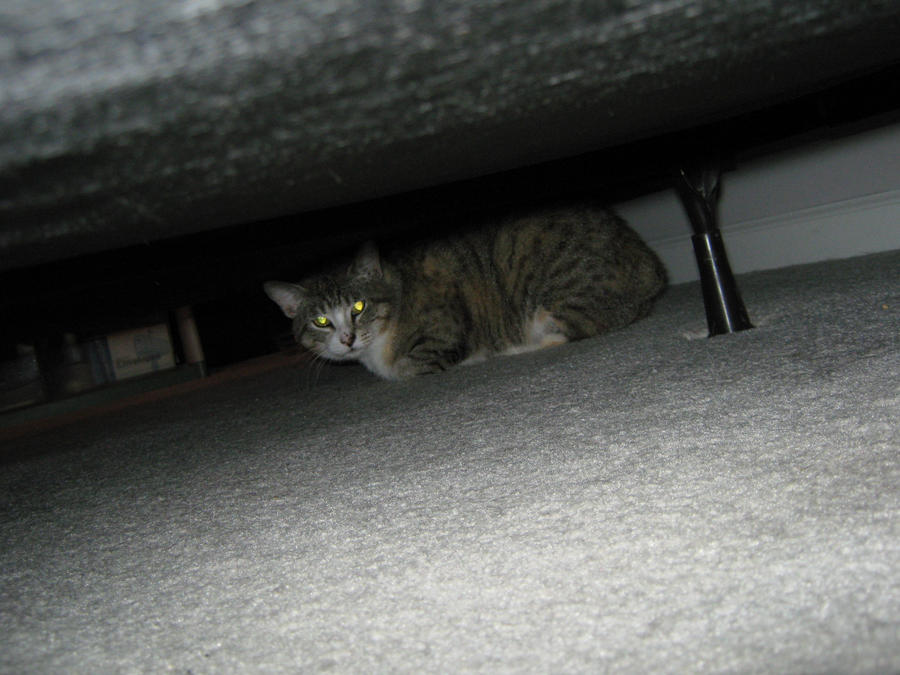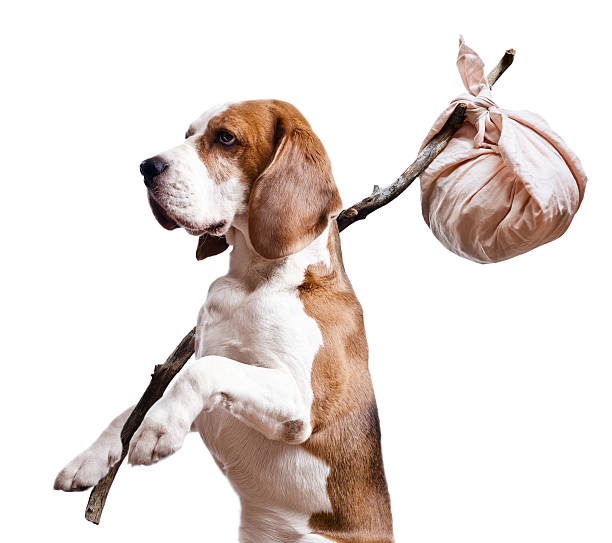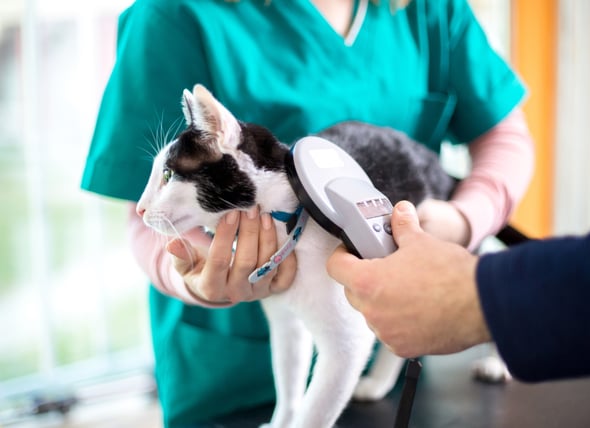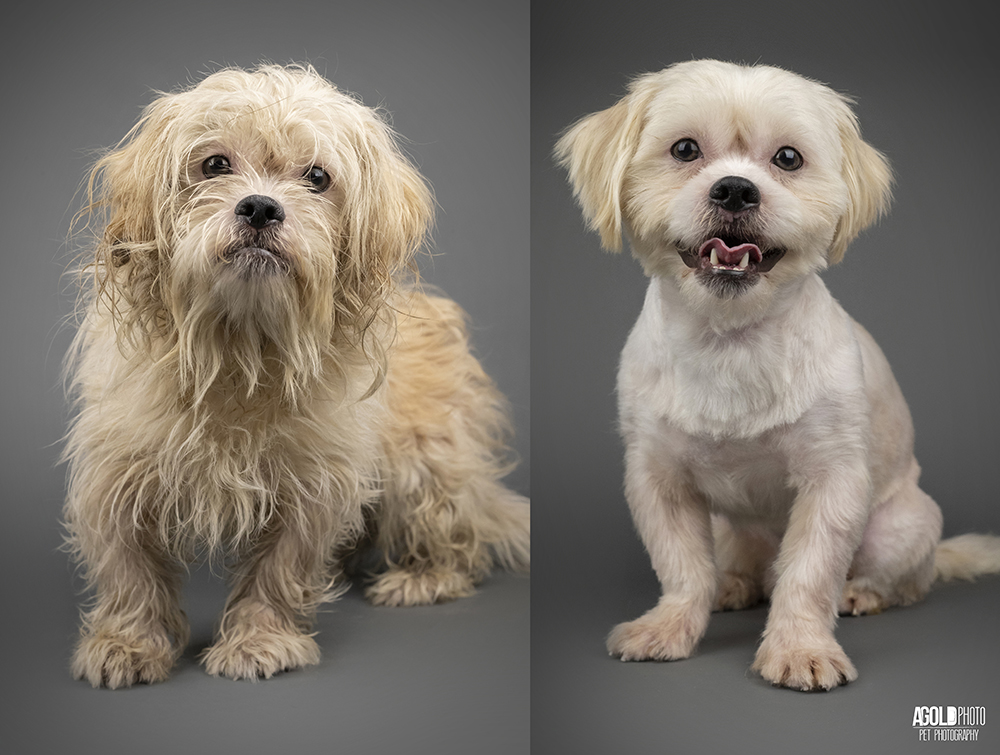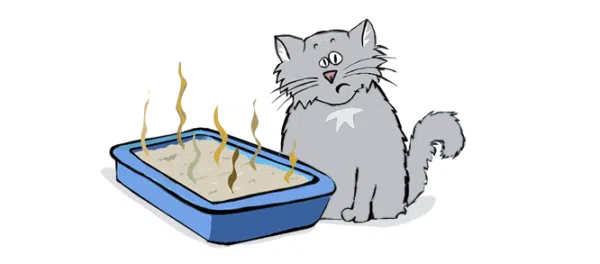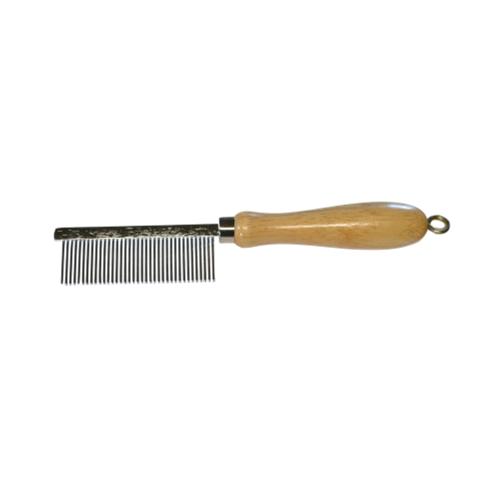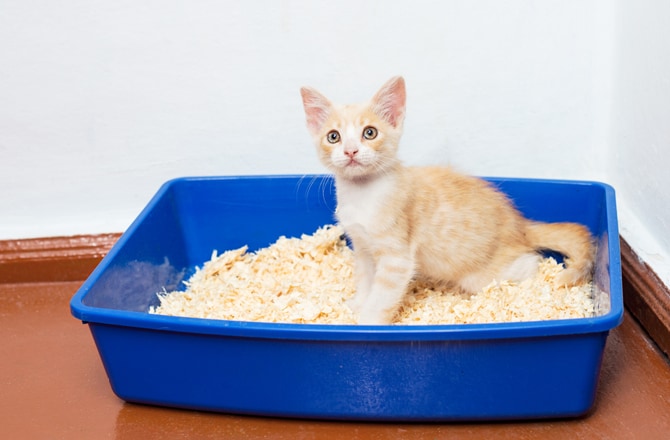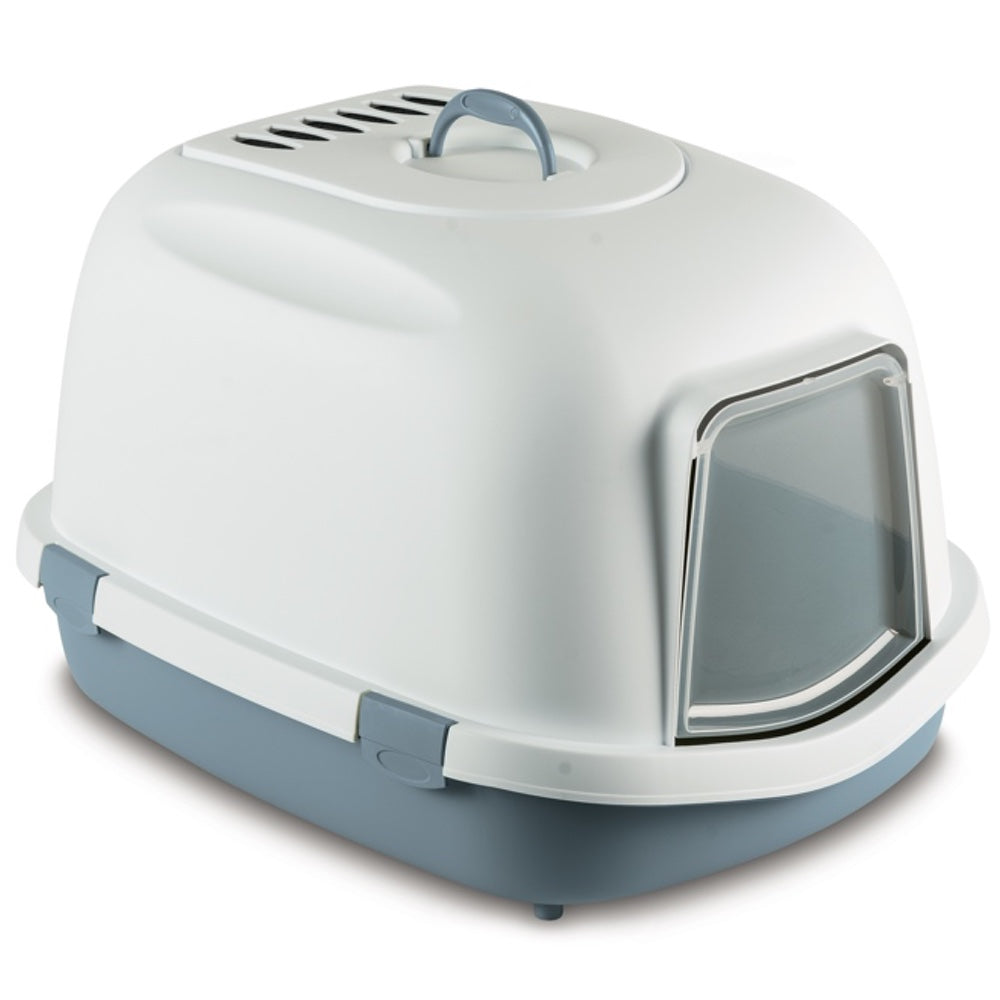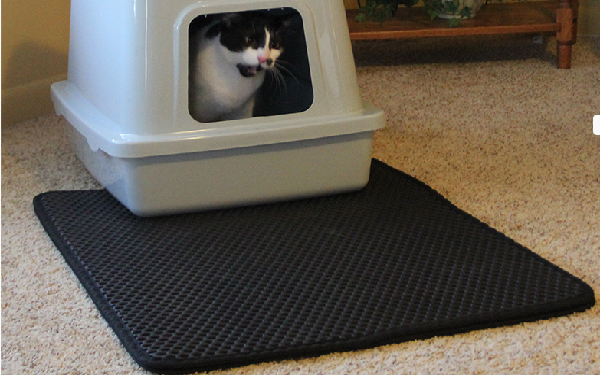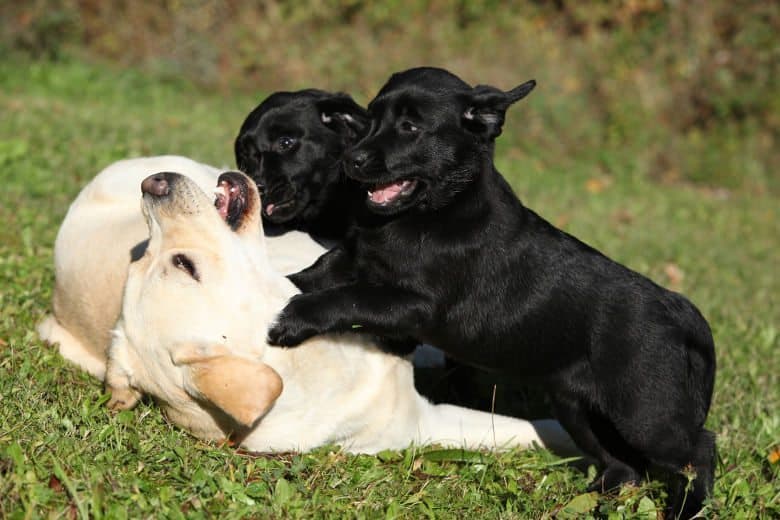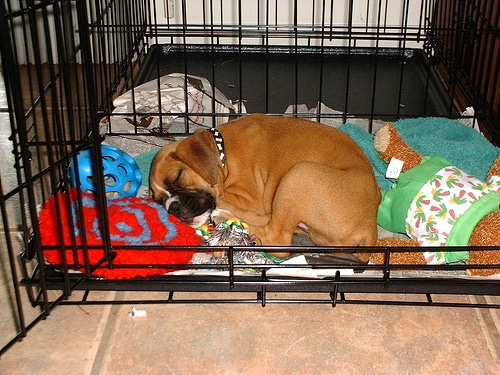My stop is a dinnertime visit to a single-family home with a fenced yard. My client is Albert, a five year old neutered male yellow lab.
I park in the driveway and enter through the side gate. Albert stays in a large outdoor enclosure in the back yard while his people are away, so I don't need to go into the house at all. Hey there, Albert!

Albert is barking excitedly and jumping up on the door of his dog run. I ask him to sit, and when he does, I open the door and let him out into the fenced yard. While he runs around making sure every tree and bush is right where it should be, I make his meal: half a can of wet food, and half a cup of dry kibble. I stir it together with a splash of water. Albert is a big dog, but he's bigger than he should be, so he's on a bit of a diet. I give him his dinner and then fetch his water dish from the dog run. I dump, rinse, and refill it with fresh water, then put it back in the run.
While he licks his feed pan to be sure he's gotten every single molecule of his meal, I walk the yard and pick up any poop I find. I also take a look at the plants to see if any of them need watering. Albert's owners are big gardeners, and they pay me a little extra to run the hose if needed.
Done eating, Albert? Okay, let's go for a walk.
Albert's owners have taught him very good leash manners. He doesn't pull on the leash at all. In fact, he tends to dawdle a bit while he sniffs here and there, and leaves a dribble to mark his favorite spots. I take out my phone and start reading aloud to him as we stroll along.
Wait, what?
Yes, I often read aloud to the pets in my care. I've read classics like The Iliad, The Odyssey, Canterbury Tales, Alice In Wonderland, Dicken's A Christmas Carol, and Spenser's Faerie Queene, and sometimes I read funny stuff like Terry Pratchett or Douglas Adams. Today we're reading one of the Icelandic Sagas -- viking stuff. What do you think, Albert? Would you sail on a boat with this guy Hrut? He sure seems to get into a lot of situations.

Well, it's something to think about, isn't it. I think you'd look very stylish.
Albert stops to do his business, so I dig a bag out of my pocket. After picking up, I tie a knot in the bag and we head for home. I can see someone approaching about a block away with a German shepherd. Albert is fine with some dogs and not others and I've never been able to figure out what his deciding factor is, so I steer him across the street to avoid a confrontation. I wave and smile to the other walker. Nice dog!
Back home. Dog bag goes in the trash can. Is today trash day? No, it's recycling, isn't it. I roll the green bin to the curb for pick-up. Come on, Albert, time for your treat.
Once we're safely in the yard with the gate secure, I take off the leash. Albert knows the routine, so he goes straight into his dogloo in the dog run. I toss him a treat and latch the door to the run. You be a good boy, Albert. I'll see you next time. No barking, okay?
I go through the checklist in my head: food, water, yard check, walk.. yep, everything is good. I make sure the yard gate is secure behind me as I leave.
After a short drive across town...
My next client is a dinnertime visit to a single-family rental home with a three year old neutered male black cat named Frank.

I let myself in with my key, and I see Frank run down the stairs and into the kitchen where his food dish is. Frank is a big kitty, but he has the squeakiest kittenish "mew". He's already hollering at me about how he's never been fed in his entire life MEW MEW MEW MEW MEW
Allright, Frank, settle down; I'm getting it.
Frank gets half a can of wet food in his dish downstairs, and a scoop of dry kibble in his food puzzle upstairs. While he gobbles down his meal, I see to cleaning the catbox.
I put the bag of litterbox scoopings by the front door so I remember to take it out the the trash when I leave. Then I settle down on the couch and start reading aloud to Frank. He curls up on a folded blanket next to me while I pet him and read, but soon he climbs into my lap and butts his head under my chin. Then he starts kneading on my shoulder, and his claws are sharp! Ouch, Frank! I move his paws and feel wetness. Frank is a drooler! Some cats do this when they are very content. I take it as a compliment, but I'd rather not be soggy with cat spit, so I move him back to the folded blanket while continuing to pet him.
I hear voices outside. Neighbors? No, it's right outside the door. And there's a clanking, metal sort of noise. What is going on? I look outside and see three people standing in the driveway. Stay here, Frank. I'm gonna check this out. I take the bag of litter scoopings out to the trash can.
There's an older guy and a younger couple. They introduce themselves as neighbors and the older guy says he's here to clean the gutters. I nod and put the trash in the can. I surreptitiously take a picture of them with my phone, and then go back inside and lock the door.
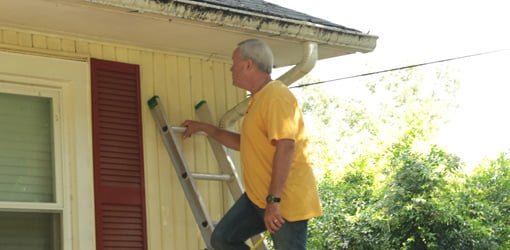 |
| (Remember, all pictures are from Google image search. This isn't the actual guy I'm talking about.) |
Inside with Frank, I text my client the picture and tell her what's going on. Does she know these people? She doesn't, so I wait while she contacts her landlord. A few minutes later, I get another text for her: it's okay, the gutter guy is part of the landlord's team. The other couple are next-door neighbors. Nothing suspicious is going on.
Allrighty, then. Frank is fed, his litterbox is clean, I'm soggy with his drool, and all is right with the world. See you tomorrow, Frank. Be good!
I take the security of my clients' homes very seriously, and I am always alert to any situations that seem unusual. Thankfully, situations like this are very rare.
I hope you've enjoyed this further look into what it is I do every day. Thank for reading. See you next time!


